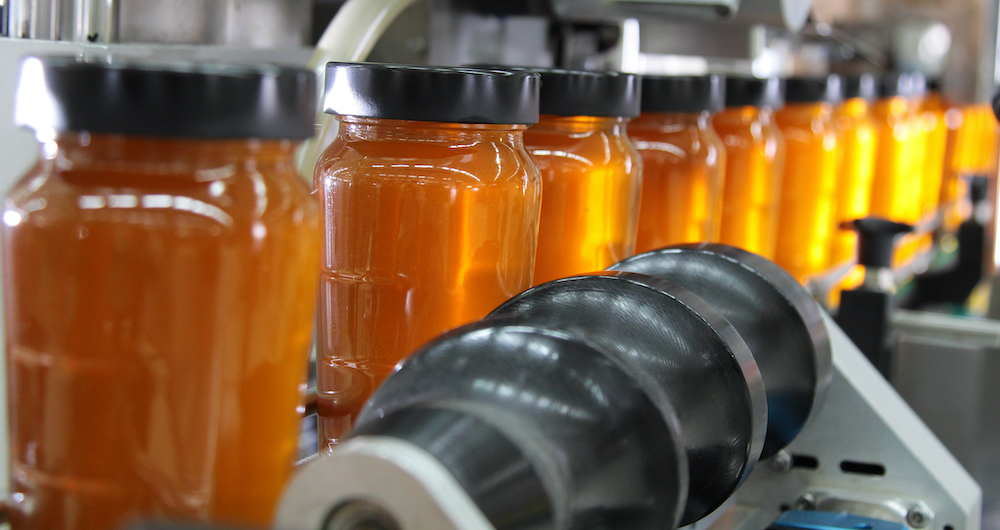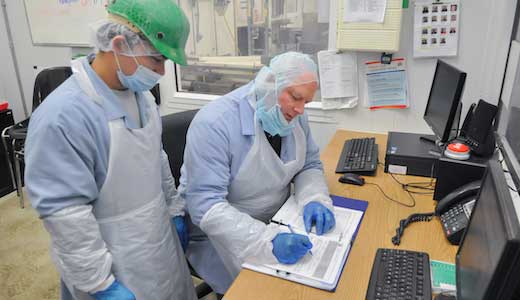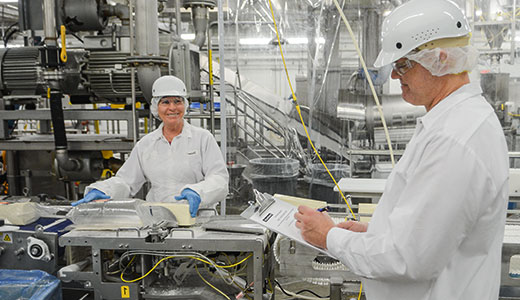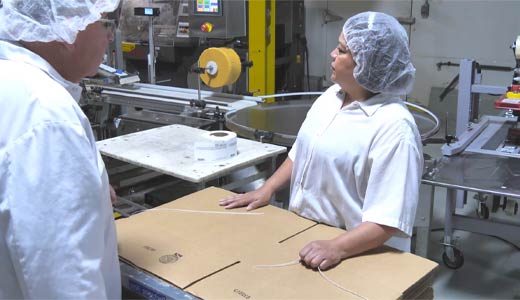Posted by Zosi Team

Food fraud is the deception of consumers using food products, ingredients and packaging for economic gain. Although food fraud has only recently received heightened attention, it’s been around a long time.
In ancient Rome, lead was added to wine to make it taste sweeter. In the Middle East, spices were mixed with seeds, stones, or dust to increase the volume of the product to make it seem like the consumer was getting more for their money. Today the size and intensity of food fraud incidents have increased due to the increasingly complex and connected global economy.
It’s estimated that food fraud may cost the global food industry between 10 and 15 billion per year, roughly 10% of all food products sold.
Let’s take a closer look at food fraud and walk through what you can do to prevent it.
Characteristics of Food Fraud
Although it is intentionally done for monetary gain, it’s not done to harm people. In this way, it is different from the intentional adulteration covered by your facility’s food defense plan. Food fraud most often affects quality, but I can become a food safety issue as well. For example, people can be harmed if an undeclared allergen or unsafe chemical gets into their food. The foods most affected by food fraud are more expensive ingredients or products that can be replaced or modified by a lower cost food, without anyone easily detecting the fraud. More than half of all food fraud happens with liquid products such as honey, olive oil, milk, and fruit juices. Meat, seafood, organic foods, coffee, and certain high value spices such as saffron and pepper are also highly susceptible.
Types of Food Fraud
Substitution – When one or more ingredients are replaced with cheaper alternatives, or if a wrong ingredient is intentionally added to a recipe. Substitution can create a food safety hazards if the undeclared ingredient contained a food allergen or made the product in question unsafe to eat.
Mislabeling – When an ingredient is misrepresented in order to sell the product at a higher price, or putting less of a product into a package than is supposed to be there.
Omission – When an ingredient that is declared on a product label is intentionally left out of the product.
Concealment – The adding of substances to hide inferiority
Diversion – The distribution of legitimate products outside of intended regulated ‘safer’ channels. This often goes hand in hand with theft
Dilution – The addition of substances which reduce product concentration and increase profits.
Counterfeiting – Copying food without following necessary food safety standards. For example, filling water bottles using tap water and then selling the bottles as a more expensive brand.
How You Can Prevent Food Fraud
Food fraud can happen anywhere in the supply chain. This is why we all must work together to prevent food fraud. Learn how to prevent food fraud in your facility with Zosi’s frontline worker training. Our easy, online curriculum helps those closest to your product understand food fraud, prevention strategies, and their role in execution. Browse our frontline food safety courses here



 Food Defense Manager
Food Defense Manager
 Food Defense Supervisor Awareness
Food Defense Supervisor Awareness
 Food Defense in 15
Food Defense in 15

